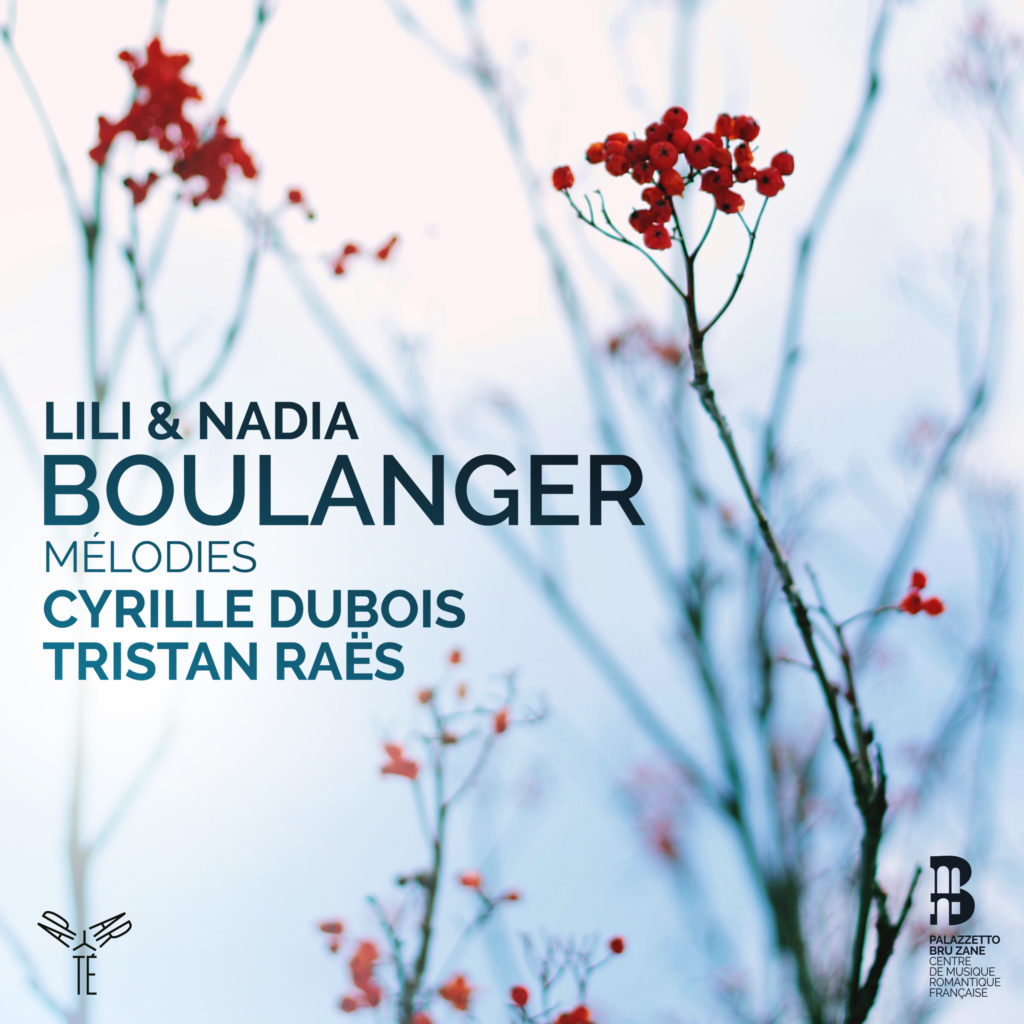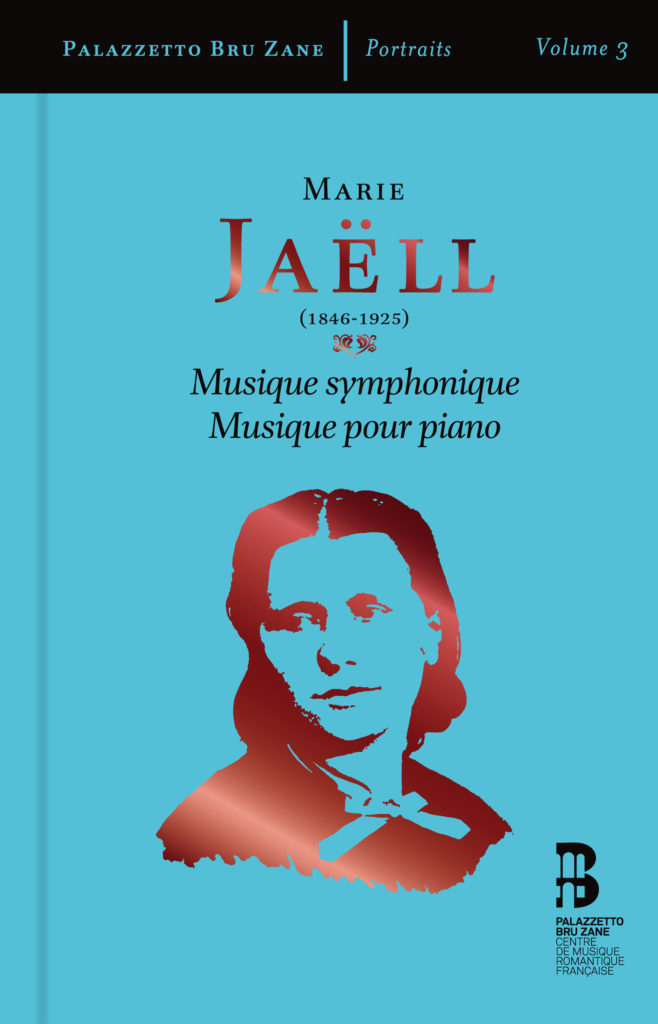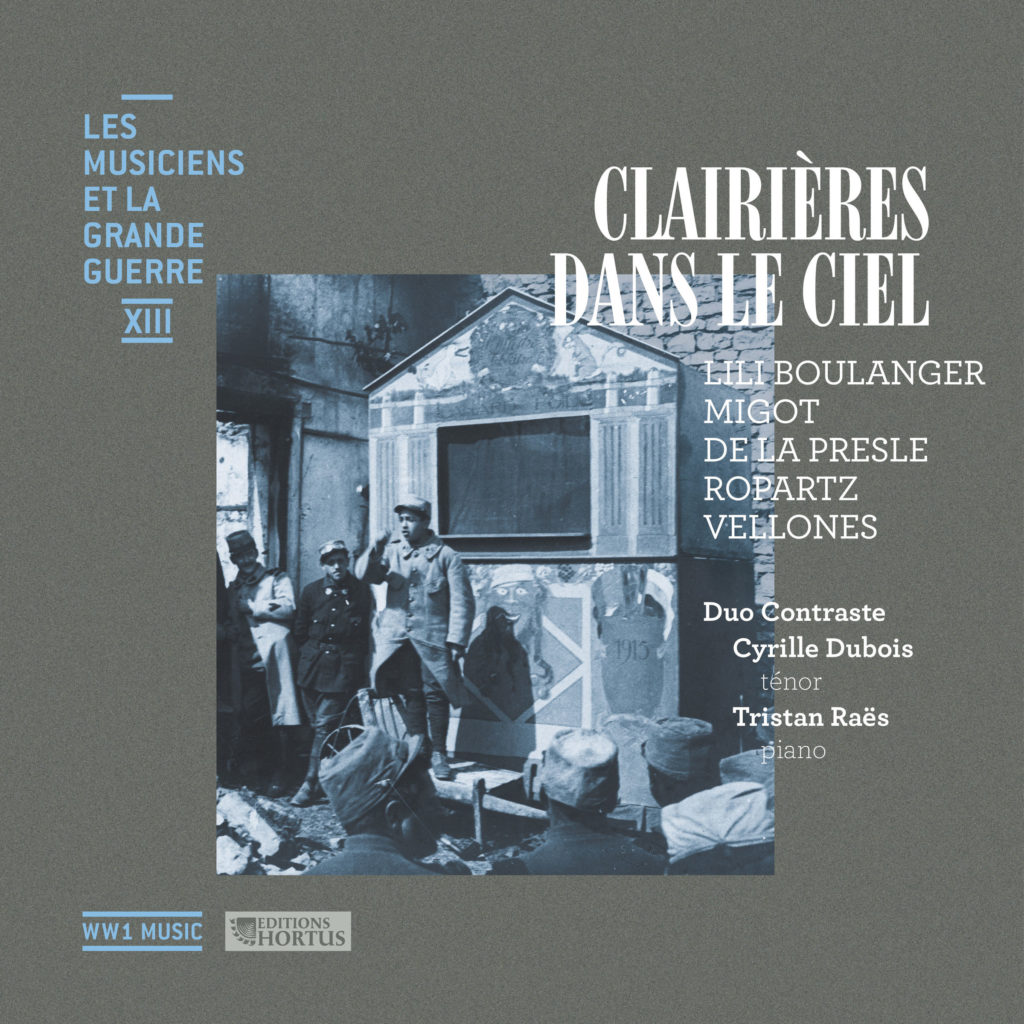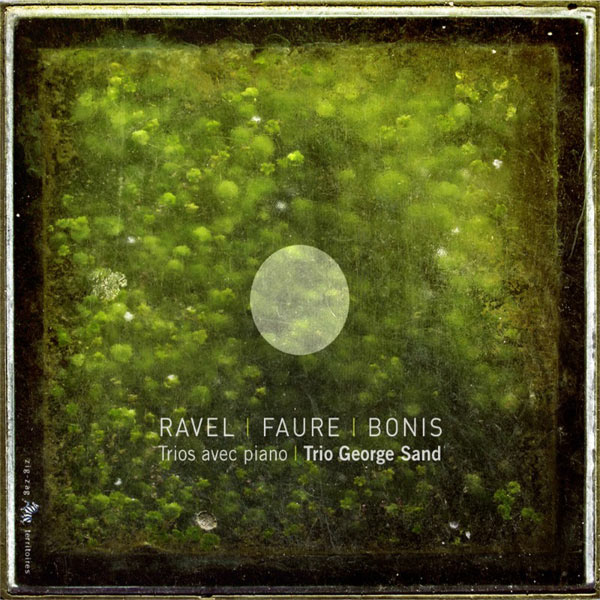Completely consigned to oblivion, 19th-century French women composers fared even worse than their male counterparts and it is only due to recent research and recording projects that they have gradually been rediscovered. These initiatives have brought to light the fact that, despite the social pressures on women of that period, there exists a sizeable, qualitatively important body of work which, primarily for artistic reasons, deserves to be restored to favour. Women composers were in the main kept away from the opera stage — where success represented the crowning achievement of a career — and devoted themselves more to the genres of piano music or chamber music. Some of them also ventured into sacred music, like Clémence de Grandval. And although women were well represented in the harmony, counterpoint and composition classes at the Paris Conservatoire throughout the 19th century, it was not until 1913 that Lili Boulanger became the first woman to win a Premier Prix de Rome—even though she shared the award with composer Claude Delvincourt...
Cycle
Discovering Women Composers
They allow young women to follow the toughest lessons at the Conservatoire, and just when they might derive some benefit from their studies, they are told: stop right there, this is for men only.
Augusta Holmès, 1902
The constraint of the salons
The repertoire favoured by women composers during the Romantic period had a great deal to do with social conventions. One of the first women to usher in the 19th century — Hélène de Montgeroult — probably found it impossible to make a splash in the public music arena with symphonies or operatic music because of her noble origins. In fact, these musicians, almost all of whom were excellent keyboard players, mainly left behind an abundant legacy of piano works and mélodies or art songs. Moreover, some of these women were renowned as concert virtuosos, like Marie Jaëll. On the other hand, the repertoire of Cécile Chaminade, Mel Bonis, Rita Strohl and, especially, Louise Farrenc regularly featured chamber music. Unable to achieve success in the field of opera, these women could at least hope to gain public recognition with performances of instrumental music. This catalogue therefore contained a number of sonatas, trios and quartets between the 1850s and World War One. Although there was not a huge number of of these works, they were all noteworthy for their (almost symphonic) ambitions, which led to the elaboration of vast, complex structures. Even for those women composers who did succeed in breaking through the barriers of theatre or symphonic societies (like Augusta Holmès), one genre prevailed: the mélodie or art song. Pauline Viardot, for example, poured nearly all her creativity into writing songs, while others attempted to circumvent convention by orchestrating — sometimes with wholly Wagnerian excess — more modest pieces initially written with piano: the Légende des ours by Jaëll or the Clairières dans le ciel by Lili Boulanger are wonderful examples of this. Pointing out the originality alone of this last-mentioned piece of work by Lili Boulanger speaks volumes.
1854
naissance de Mel Bonis
1876
rencontre avec César Franck et admission au Conservatoire
1878
admission dans les classes d’accompagnement et de composition : condisciple de Debussy et Pierné
1879
rencontre avec le chanteur Amédée-Landély Hettich, l’amour de sa vie
1881
départ forcé du Conservatoire
1883
mariage arrangé avec Albert Domange
1899
naissance de Madeleine, la fille cachée de Mel Bonis et Amédée-Landély Hettich
1937
mort de Mel Bonis
Recognition through teaching?
A disregarded woman composer who might object to confining herself to the role of an instrumentalist might yet benefit from a teaching role to gain a name for herself and produce a high calibre of music within this environment. The most important — and best! — works in Hélène de Montgeroult’s œuvre therefore resulted from her teaching activities at the Paris Conservatoire at the end of the 18th century. And even though many of her works carry the title 'étude', suggesting they might be little more than mundane exercises, most of them aspire to a depth that greatly anticipates Chopin’s famous études. For her part, Marie Jaëll, a repentant virtuoso and eternally dissatisfied composer, found that teaching gave her the tools to express the bulk of her ideas on the art of piano playing. Cycles such as Ce qu’on entend dans l’Enfer, dans le Purgatoire et dans le Paradis undoubtedly benefited from her work in the field of education. The 'Marie Jaëll method', still taught today, finally allowed the artist to go down in posterity (relatively speaking) at a time when her works were sinking into an oblivion that is now being challenged. A composer like Mel Bonis also found favour in the eyes of history as a result of several 'simple' pieces which were a great favourite of piano teachers for many years.


 Torna indietro
Torna indietro  newsletter
newsletter webradio
webradio replay
replay









